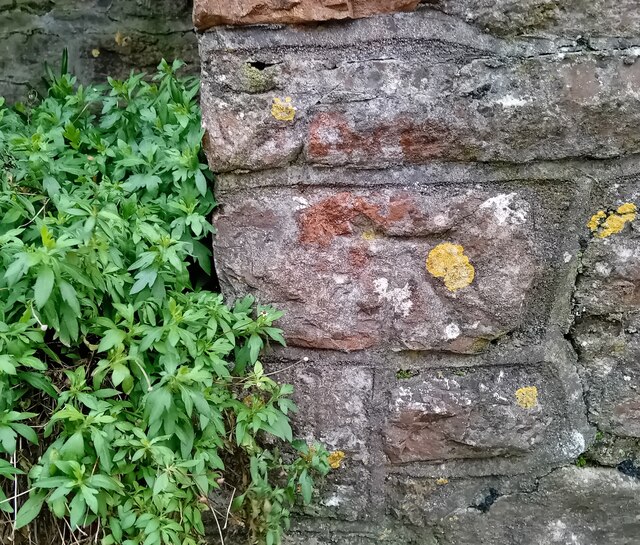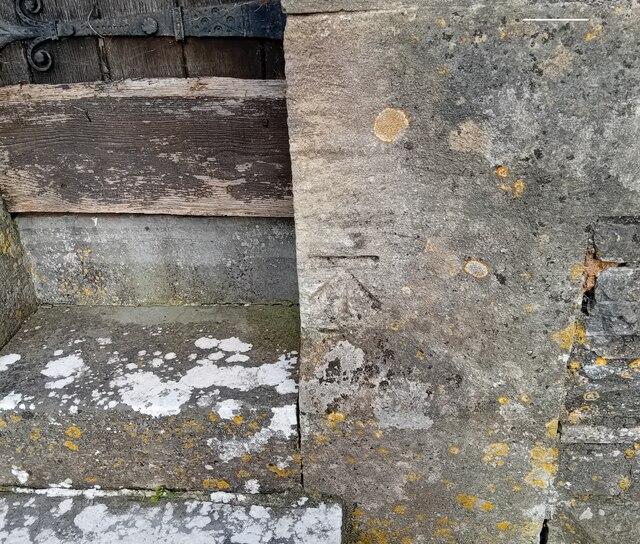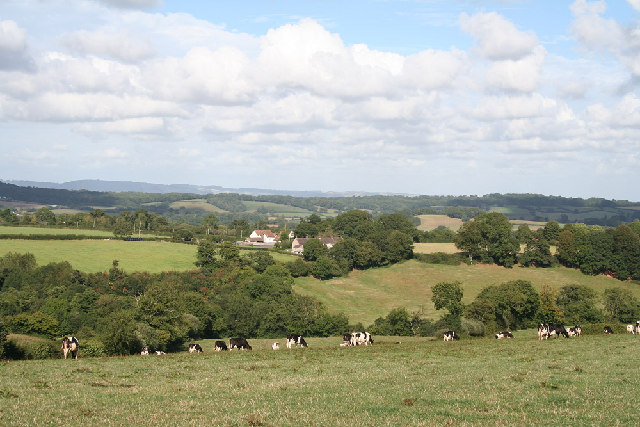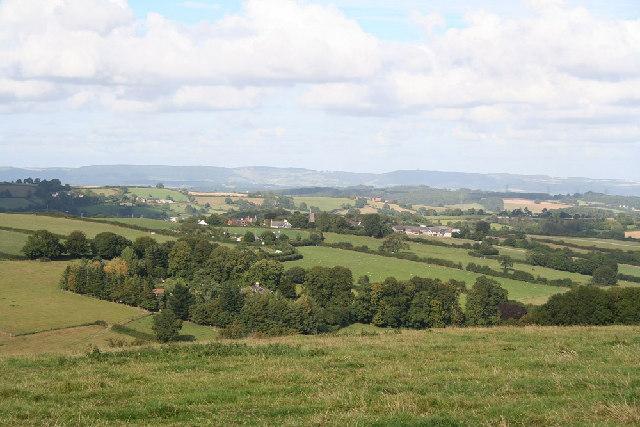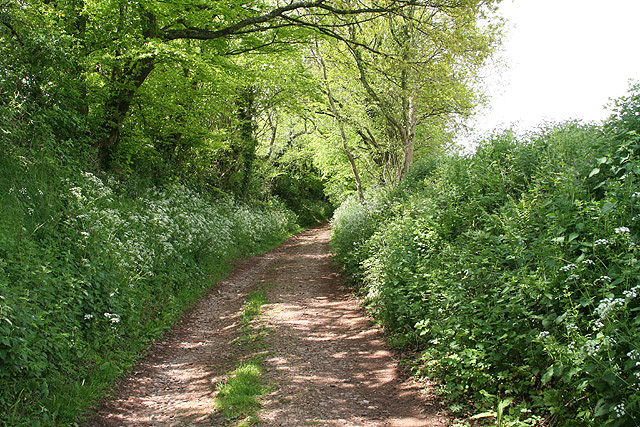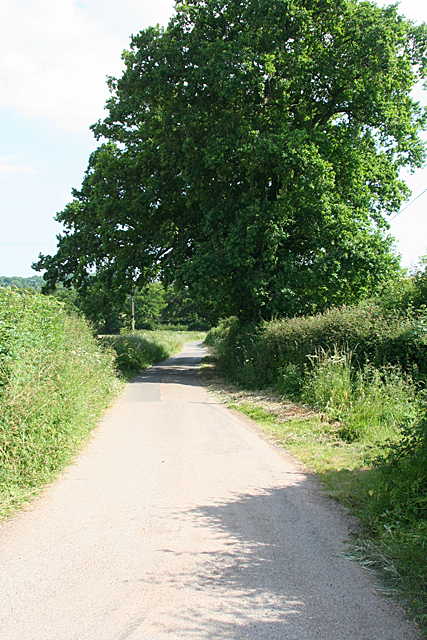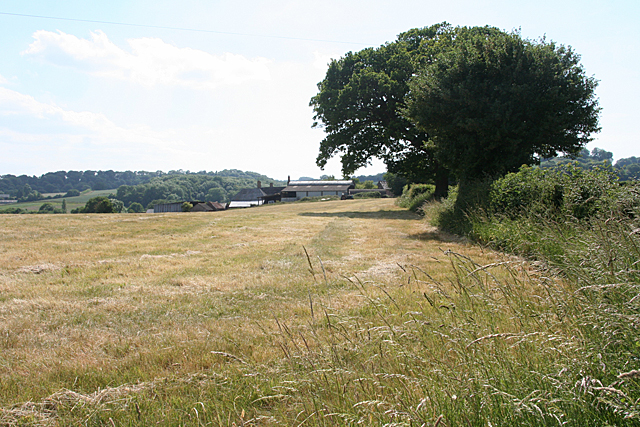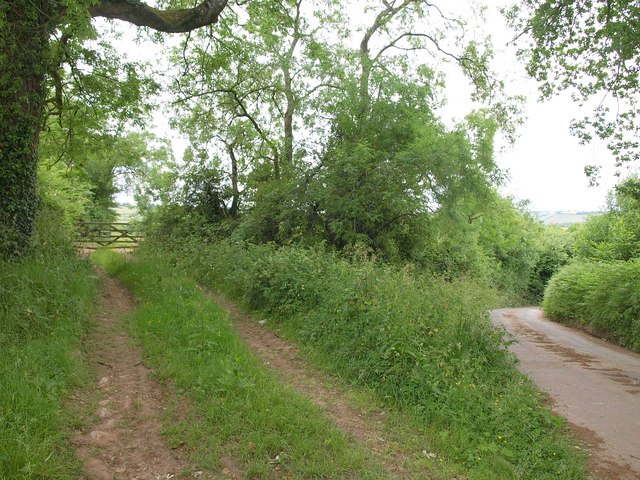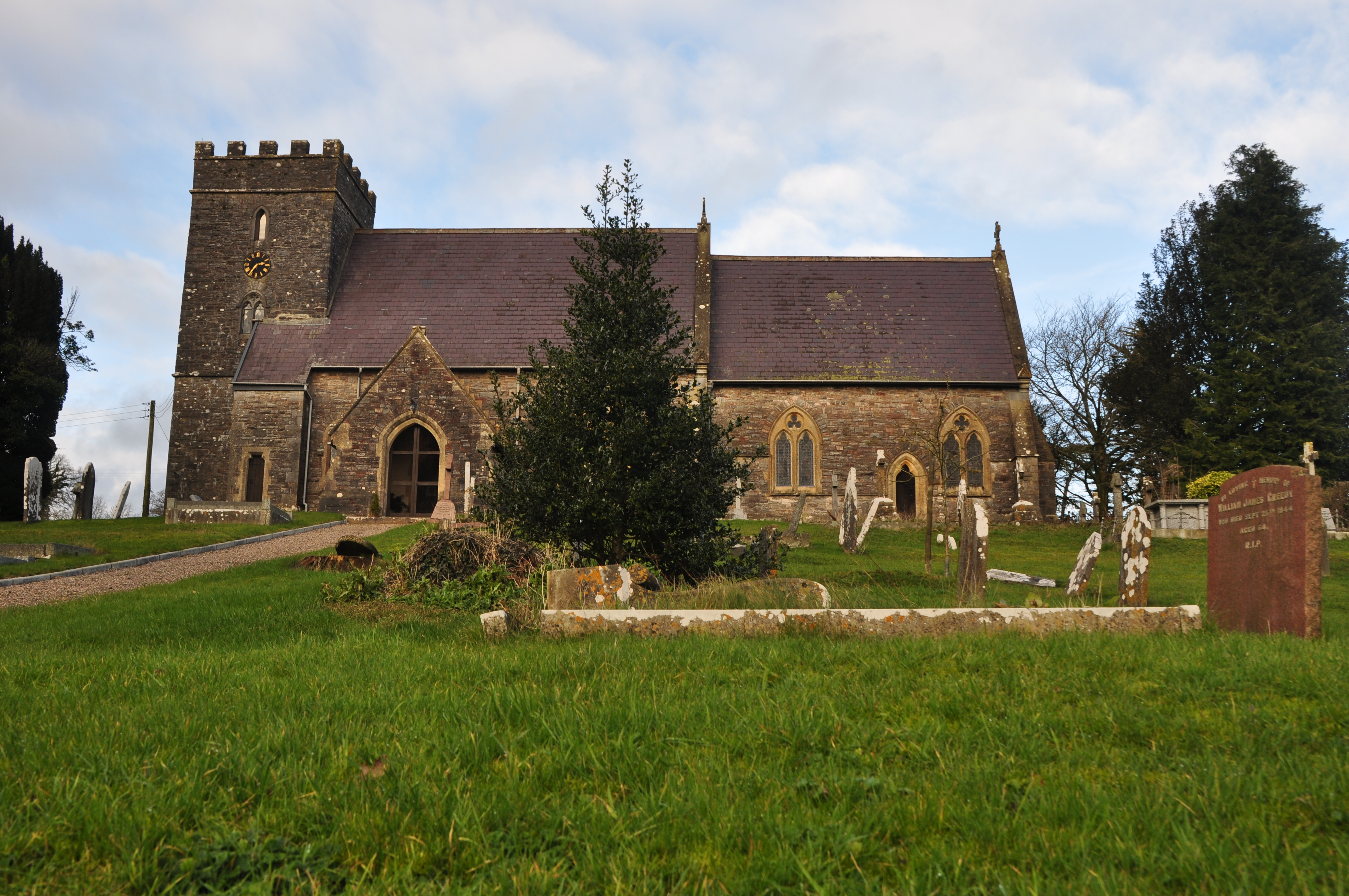Holcombe Wood
Wood, Forest in Devon Mid Devon
England
Holcombe Wood
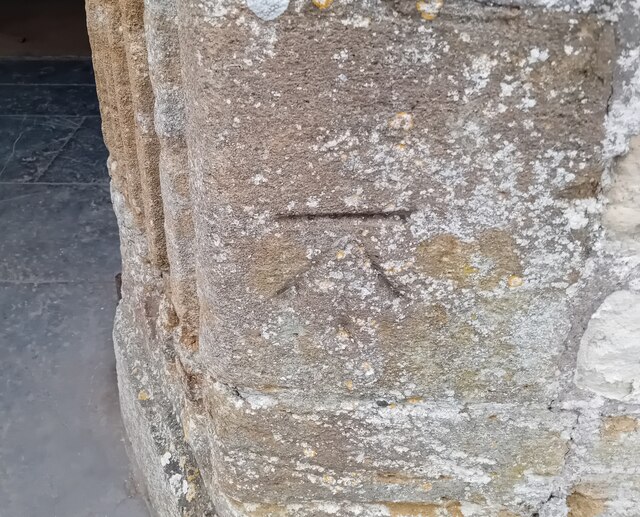
Holcombe Wood is a picturesque woodland located in the county of Devon, England. Spanning an area of approximately 150 acres, it is renowned for its natural beauty and tranquil atmosphere. The wood is situated in the eastern part of Devon, near the village of Holcombe Rogus.
Holcombe Wood is predominantly composed of deciduous trees, including oak, beech, and ash, which create a diverse and thriving ecosystem. The trees provide a dense canopy that offers shade during the summer months and displays a stunning array of colors in the autumn. The forest floor is covered in a blanket of lush green vegetation, including ferns and wildflowers, adding to the wood's enchanting ambiance.
The wood is intersected by a network of footpaths and trails, allowing visitors to explore its natural wonders at their own pace. These paths lead to various points of interest, such as a small pond inhabited by ducks and other waterfowl. Additionally, there are several picnic areas scattered throughout the wood, providing a perfect spot for visitors to relax and enjoy a meal amidst the serene surroundings.
Holcombe Wood is not only a haven for nature enthusiasts but also home to a diverse range of wildlife. Birdwatchers can spot a variety of species, including woodpeckers, nuthatches, and owls. The wood is also home to mammals like deer, squirrels, and foxes, making it a popular destination for wildlife enthusiasts.
Overall, Holcombe Wood offers visitors a chance to immerse themselves in the beauty of nature. With its idyllic scenery, well-maintained trails, and abundant wildlife, it is a must-visit destination for anyone seeking a peaceful retreat in the heart of Devon.
If you have any feedback on the listing, please let us know in the comments section below.
Holcombe Wood Images
Images are sourced within 2km of 50.96612/-3.3483412 or Grid Reference ST0519. Thanks to Geograph Open Source API. All images are credited.
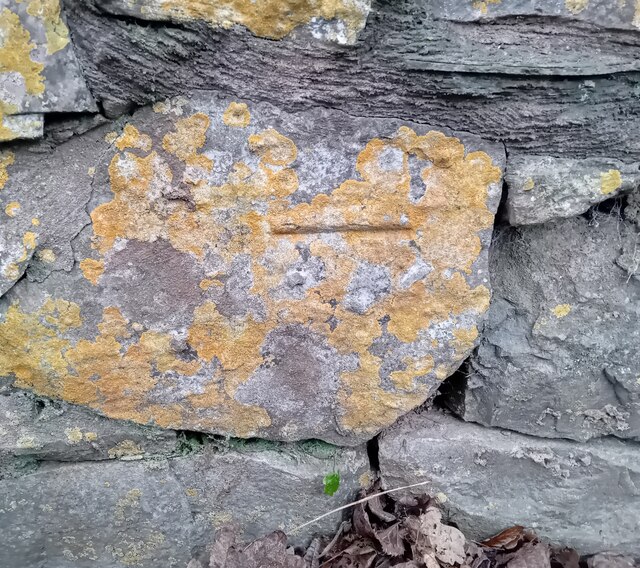
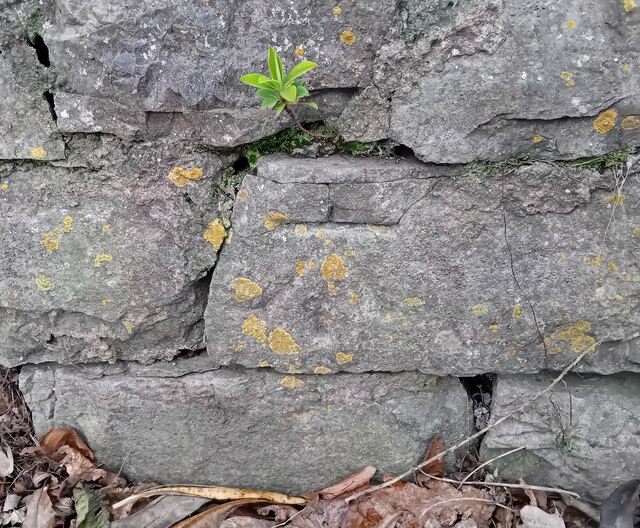
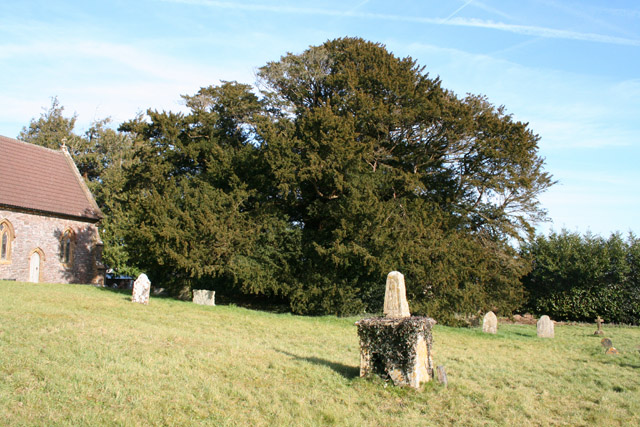


Holcombe Wood is located at Grid Ref: ST0519 (Lat: 50.96612, Lng: -3.3483412)
Administrative County: Devon
District: Mid Devon
Police Authority: Devon and Cornwall
What 3 Words
///tablet.essential.torso. Near Sampford Peverell, Devon
Nearby Locations
Related Wikis
Manor of Holcombe Rogus
Holcombe Rogus is a historic manor in the parish of Holcombe Rogus in Devon, England. The present grade I listed Tudor manor house known as Holcombe Court...
Holcombe Rogus
Holcombe Rogus is a village, civil parish and ecclesiastical parish in the English county of Devon. In 2001 the population of the parish was 503. ��2...
Hockworthy
Hockworthy is a village and civil parish in Devon, England. Its name is Old English and means "Hocca's enclosure". It has a church dedicated to St. Simon...
Church of St John the Baptist, Ashbrittle
The Church of St John the Baptist is a Church of England parish church in Ashbrittle, Somerset. It was built in the 15th century, and is a Grade II* listed...
Nearby Amenities
Located within 500m of 50.96612,-3.3483412Have you been to Holcombe Wood?
Leave your review of Holcombe Wood below (or comments, questions and feedback).
